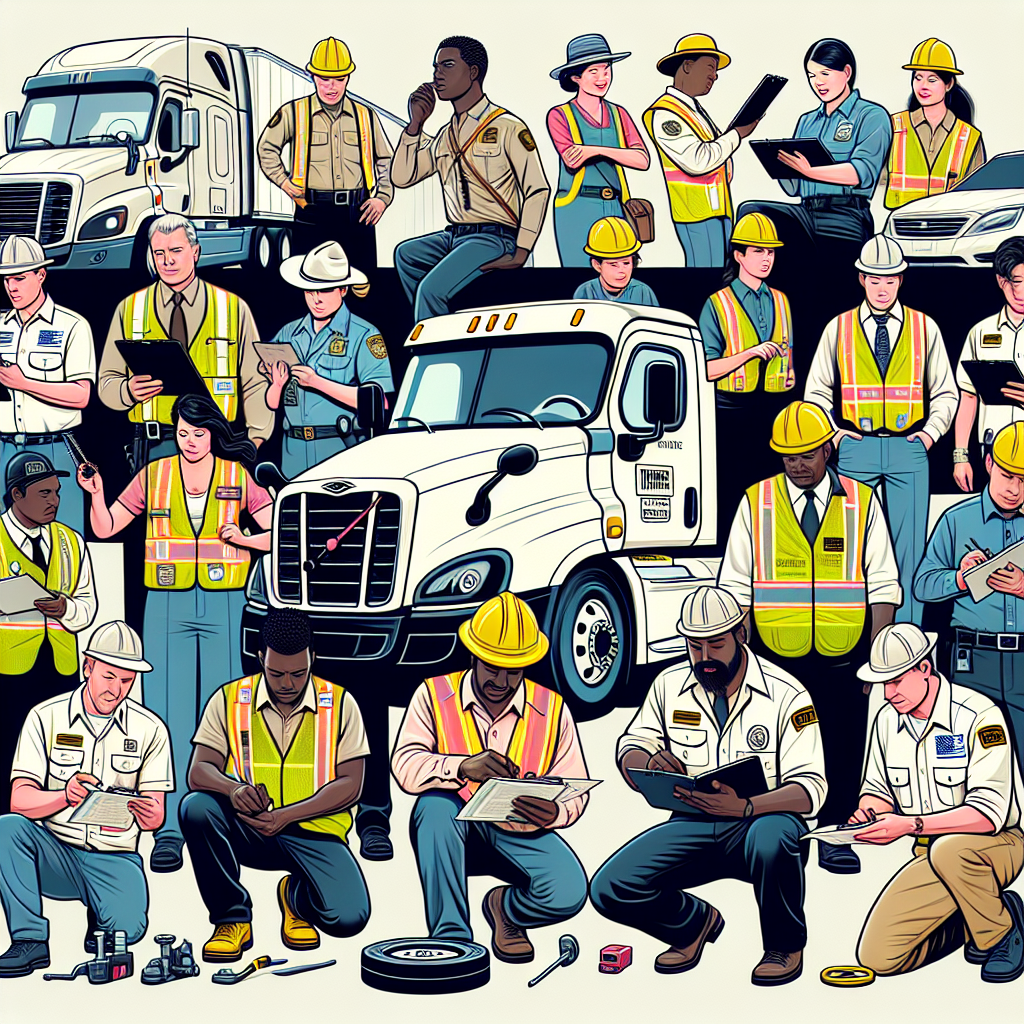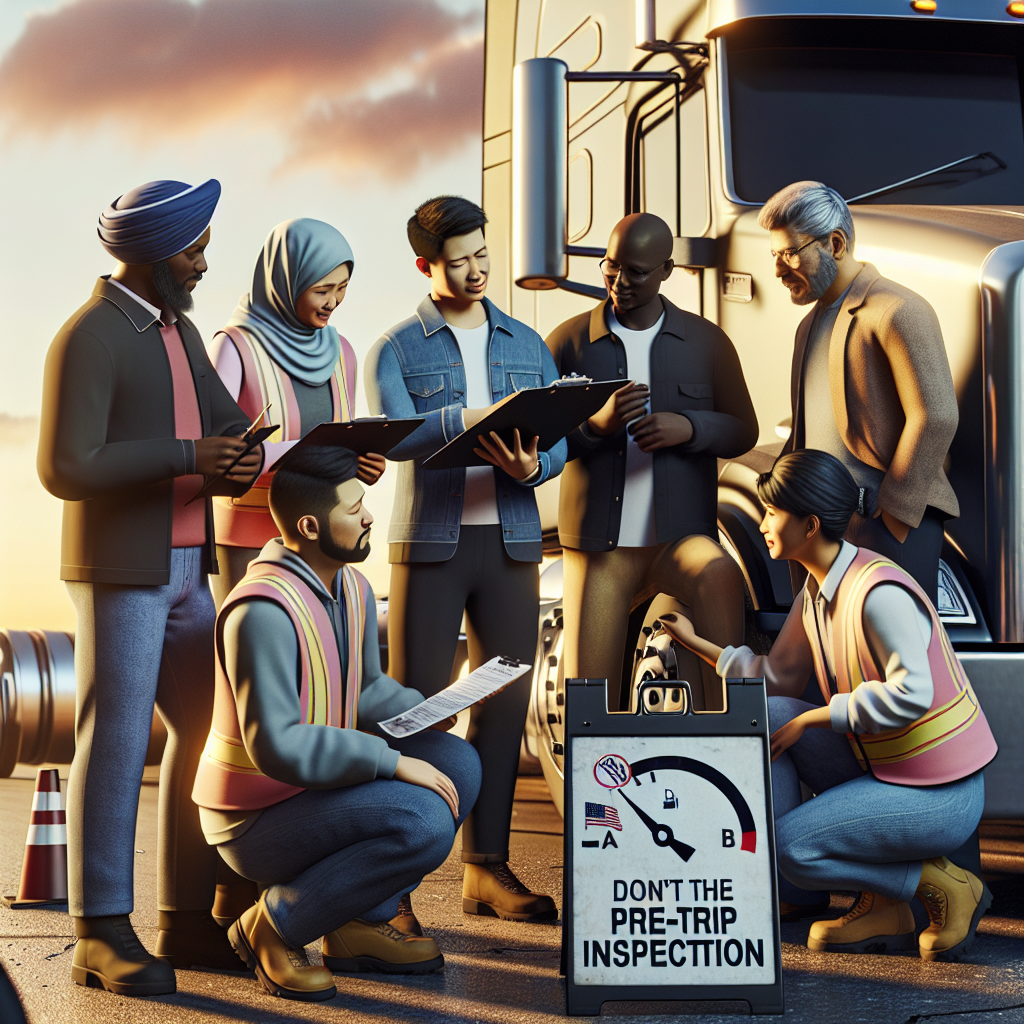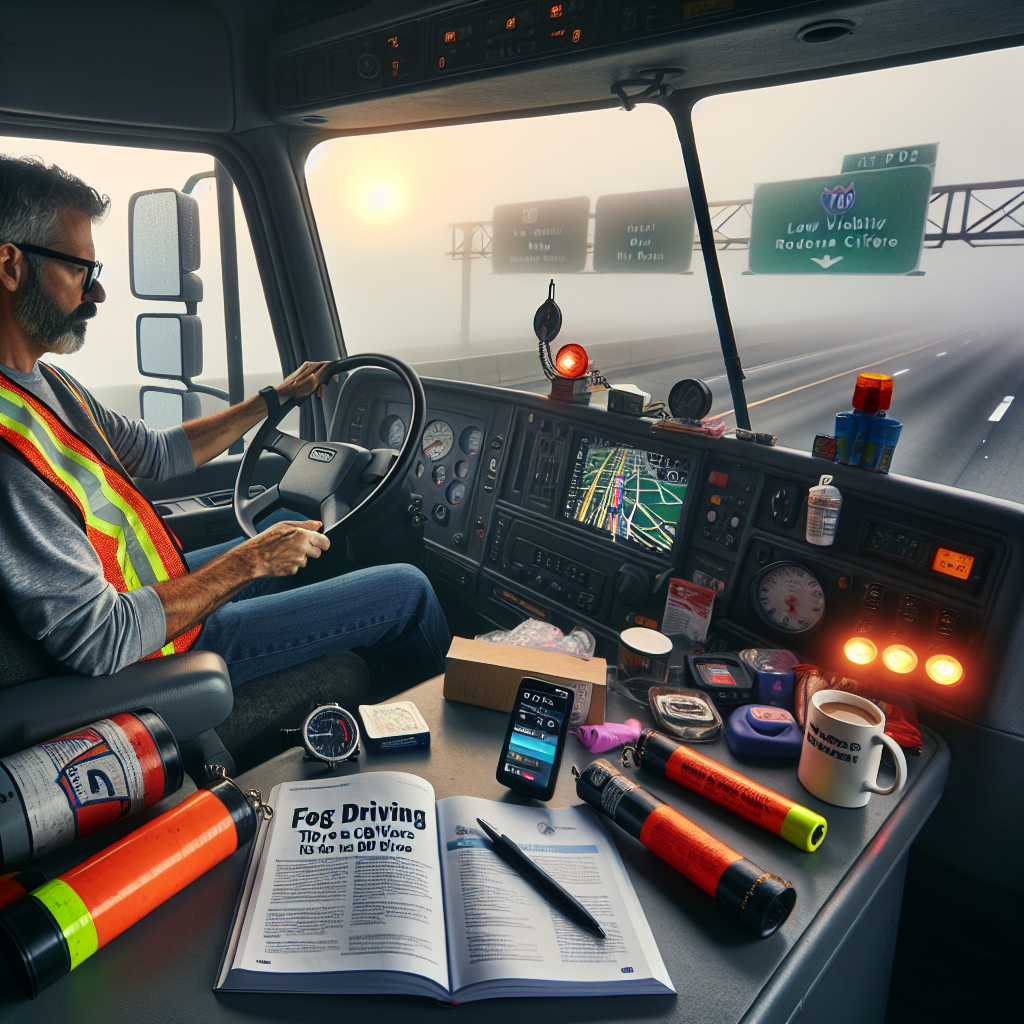Healthy Meal Prep Ideas for CDL Drivers
Maintaining a healthy diet can be challenging for CDL drivers who spend long hours on the road. However, with a bit of planning and some practical tips, it is entirely possible to enjoy nutritious meals while driving. One of the most effective strategies for staying healthy on the road is meal prepping. By preparing meals in advance, you can ensure that you have access to balanced, wholesome food, no matter where your route takes you.
To begin with, consider the types of foods that are both nutritious and easy to store. Fresh fruits and vegetables are excellent choices, as they provide essential vitamins and minerals. Apples, oranges, carrots, and celery sticks are all great options that can be easily packed and stored. Additionally, incorporating lean proteins such as grilled chicken, turkey, or tofu can help keep you full and energized throughout the day. Whole grains like brown rice, quinoa, and whole wheat bread are also beneficial, as they offer sustained energy and help maintain stable blood sugar levels.
When planning your meals, think about how you can create balanced dishes that include a variety of food groups. For example, a simple yet nutritious meal could be a quinoa salad with mixed vegetables and grilled chicken. This combination provides a good mix of protein, fiber, and healthy fats, which are essential for maintaining energy and focus. Another idea is to prepare wraps or sandwiches using whole grain bread, lean protein, and plenty of veggies. These can be easily stored in a cooler and enjoyed on the go.
In addition to planning your main meals, it’s important to consider healthy snacks that can help curb hunger between stops. Nuts and seeds, such as almonds, walnuts, and sunflower seeds, are excellent choices as they are packed with protein and healthy fats. Greek yogurt, cheese sticks, and hard-boiled eggs are also convenient and nutritious options. By having these snacks readily available, you can avoid the temptation of unhealthy convenience store options.
Hydration is another crucial aspect of maintaining a healthy diet on the road. Drinking plenty of water throughout the day helps keep your body functioning optimally and can prevent fatigue. It’s a good idea to carry a reusable water bottle with you and refill it regularly. While it may be tempting to reach for sugary drinks or energy drinks, these can lead to energy crashes and are best avoided. Instead, consider herbal teas or flavored water as alternatives.
To make meal prepping more manageable, set aside some time each week to plan and prepare your meals. Investing in quality storage containers can help keep your food fresh and organized. Additionally, using a portable cooler or mini-fridge in your truck can make it easier to store perishable items. By dedicating a few hours each week to meal prep, you can save time and reduce stress during your trips.
In conclusion, with a bit of planning and preparation, CDL drivers can enjoy healthy, balanced meals on the road. By focusing on nutritious foods, creating balanced meals, and staying hydrated, you can maintain your energy levels and overall well-being. Remember, taking care of your health is essential for staying alert and focused while driving, so make meal prepping a priority and enjoy the benefits of a healthier lifestyle.
Essential Snacks to Keep You Energized on the Road
As a CDL driver, maintaining your energy levels on the road is crucial for both your safety and performance. Long hours behind the wheel can be physically and mentally taxing, making it essential to fuel your body with the right snacks. Choosing nutritious options can help you stay alert, focused, and ready to tackle the challenges of the open road. Here are some essential snacks that can keep you energized and healthy while driving.
First and foremost, consider incorporating nuts and seeds into your snack routine. Almonds, walnuts, sunflower seeds, and pumpkin seeds are excellent choices. These nutrient-dense snacks are packed with healthy fats, protein, and fiber, which can help sustain your energy levels over long periods. Additionally, they are easy to store and can be consumed without any preparation, making them a convenient option for busy drivers.
Another great snack to have on hand is fresh fruit. Apples, bananas, oranges, and berries are not only delicious but also provide essential vitamins and minerals. Fruits are rich in natural sugars, which can give you a quick energy boost without the crash that often follows consuming processed sugary snacks. Moreover, fruits are high in fiber, which aids in digestion and helps you feel full longer.
In addition to fresh fruit, dried fruit can be a fantastic alternative. Dried apricots, raisins, and cranberries are portable and have a longer shelf life, making them ideal for long trips. However, it’s important to choose options without added sugars to avoid unnecessary calorie intake. Pairing dried fruit with a handful of nuts can create a balanced snack that combines carbohydrates, protein, and healthy fats.
For those who prefer savory snacks, consider packing some whole-grain crackers or rice cakes. These snacks are low in calories but high in complex carbohydrates, which provide a steady release of energy. Pairing them with hummus or a small portion of cheese can add protein and healthy fats to your snack, making it more satisfying and nutritious.
Yogurt is another excellent option for CDL drivers. Greek yogurt, in particular, is high in protein and probiotics, which can support digestive health. Opt for plain or low-sugar varieties to avoid excess sugar intake. You can enhance the flavor and nutritional value by adding fresh fruit, nuts, or a drizzle of honey.
Jerky, whether beef, turkey, or plant-based, is a protein-packed snack that can help keep you full and energized. It’s easy to store and can be eaten on the go, making it a practical choice for drivers. However, be mindful of the sodium content in some jerky products, as excessive salt intake can lead to dehydration and other health issues.
Hydration is equally important as nutrition when it comes to maintaining energy levels. Drinking water regularly throughout the day is essential to prevent dehydration, which can cause fatigue and impair concentration. Herbal teas and coconut water are also good alternatives to sugary drinks and can provide additional nutrients and hydration.
Lastly, consider preparing some homemade snacks before hitting the road. Energy bars made from oats, nuts, seeds, and dried fruit can be a healthier alternative to store-bought options, which often contain added sugars and preservatives. Preparing your snacks allows you to control the ingredients and tailor them to your taste and nutritional needs.
In conclusion, choosing the right snacks can make a significant difference in your energy levels and overall well-being as a CDL driver. By incorporating a variety of nutrient-dense options such as nuts, seeds, fresh and dried fruits, whole-grain crackers, yogurt, jerky, and homemade energy bars, you can stay energized and focused on the road. Remember to stay hydrated and make mindful choices to support your health and performance during those long hours behind the wheel.
Hydration Tips for Long-Haul Truckers
Staying hydrated is crucial for everyone, but for long-haul truckers, it becomes even more essential due to the unique challenges they face on the road. Long hours behind the wheel, varying climates, and limited access to healthy food and drink options can make maintaining proper hydration a bit tricky. However, with a few practical tips and a bit of planning, truckers can ensure they stay hydrated and healthy throughout their journeys.
First and foremost, it’s important to recognize the signs of dehydration. Symptoms such as dry mouth, fatigue, dizziness, and dark-colored urine are clear indicators that your body needs more fluids. By paying attention to these signs, you can take proactive steps to rehydrate before the situation worsens. One of the simplest ways to stay hydrated is to keep a water bottle within arm’s reach at all times. Investing in a high-quality, reusable water bottle can make it easier to sip water throughout the day. Opt for a bottle that is easy to clean and has a large capacity, so you don’t have to refill it constantly.
While water is the best choice for staying hydrated, it’s also important to mix things up to keep your taste buds satisfied. Infusing your water with slices of lemon, cucumber, or berries can add a refreshing twist without adding extra calories or sugar. Additionally, herbal teas and coconut water are excellent alternatives that provide hydration along with a variety of nutrients. However, it’s wise to limit the intake of caffeinated beverages like coffee and energy drinks, as they can act as diuretics and lead to increased fluid loss.
Another key aspect of staying hydrated is to be mindful of your diet. Consuming water-rich foods such as fruits and vegetables can significantly contribute to your daily fluid intake. Snacks like watermelon, oranges, cucumbers, and strawberries are not only hydrating but also packed with essential vitamins and minerals. Including these in your diet can help you stay hydrated and energized during long drives.
Planning your hydration strategy also involves being aware of your route and the availability of rest stops. Knowing where you can take breaks to refill your water bottle or use the restroom can help you manage your fluid intake more effectively. It’s a good idea to take regular breaks to stretch your legs and drink some water, even if you don’t feel particularly thirsty. This can prevent dehydration and reduce the risk of developing blood clots from prolonged sitting.
Moreover, it’s essential to consider the impact of different climates on your hydration needs. Driving through hot and humid areas will increase your body’s fluid requirements, so you’ll need to drink more water than usual. Conversely, in colder climates, you might not feel as thirsty, but your body still needs adequate hydration to function properly. Adjusting your water intake based on the weather conditions can help you stay on top of your hydration game.
In conclusion, staying hydrated as a long-haul trucker requires a combination of awareness, planning, and making smart choices. By keeping a water bottle handy, incorporating water-rich foods into your diet, and being mindful of your route and climate, you can ensure that you remain well-hydrated and healthy on the road. Remember, proper hydration is not just about quenching your thirst; it’s about maintaining your overall well-being and ensuring that you can perform your job safely and efficiently.








